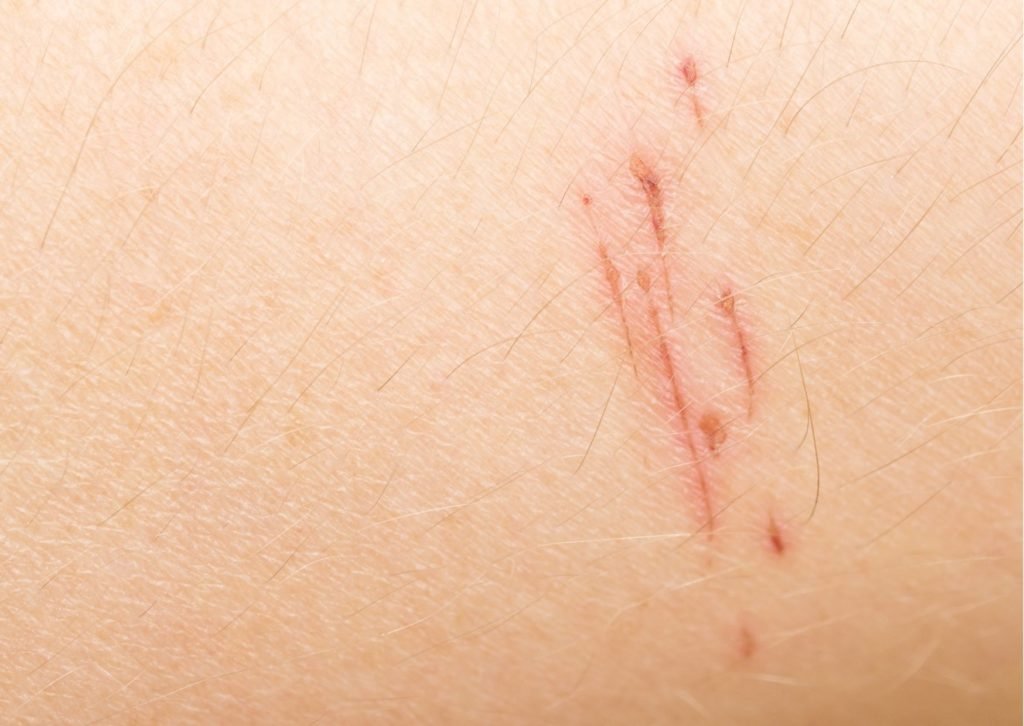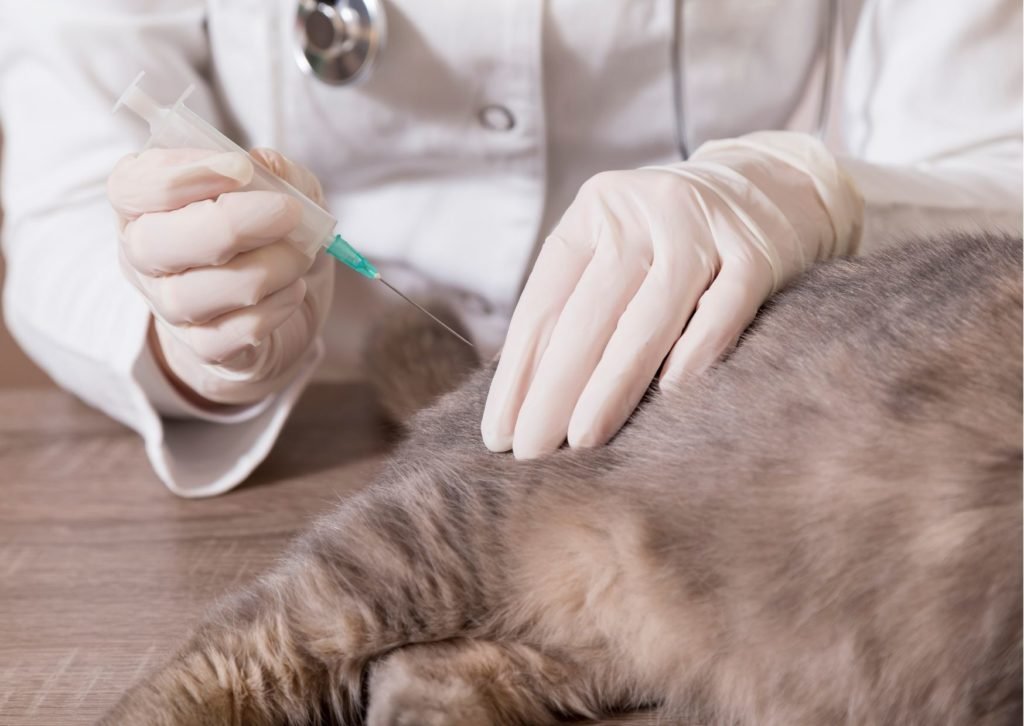‘Deadly but Preventable’: Debunking misconceptions on rabies

With an estimated figure of almost 60,000 human rabies deaths annually, rabies remains to be a global public health concern, revealed by the World Health Organization (WHO). On the national scale, the Department of Health (DOH) reported 276 cases in 2018 which they described being “alarmingly high.”
Rabies is a viral infection that causes inflammation of the brain transmitted through direct contact with an infected animal. This is according to Dr. Atom Dolores, a professional veterinarian working at the Office of the City Veterinarian in Laoag City, Ilocos Norte.
Aiming to curb the incidence, DOH envisions a rabies-free Philippines by 2030. But in order to achieve this, myths and misconceptions should be addressed to further educate the citizens and help eradicate the spread of this viral disease.
Rabies virus is inborn to animals
Debunking this belief on his encounters, Dr. Dolores said that young animals such as puppies can only possibly contract the rabies virus through bites, scratches, or entry of saliva from a rabid animal into open wounds. This also applies to rabid animal-to-human transmission.

Based on the 2019 National Rabies Manual of Procedures (MOP) reviewed by DOH and other agencies, human-to-human cases were only documented through organ transplants. However, experts say that this still poses risks.
“Once na umangat na ‘yong virus sa utak, it’s already considered a death sentence for the bitten victim na and a public safety hazard kasi p’wedeng mangagat ‘yong tao na may rabies na uncontrollable na then maipasa sa iba,” said Dr. Dolores.
Only dogs transmit human rabies
Although WHO reveals that dogs contribute “up to 99% of all rabies transmissions to humans,” they’re not the only ones susceptible to the infection.
According to DOH, any mammal can carry the virus: domestic animals such as cats; wild animals including bats; and livestock such as cows and horses. On the other hand, other animal groups are not capable of transmitting the rabies virus: birds, reptiles, amphibians, and more.

Rubbing garlic on the wound
Believed to stop the infection and kill the disease, the MOP dispels these kinds of malpractices as it could only worsen the victim’s condition. More likely to cause harm than good as it also “hampers the right health-seeking behaviors.”
After a potential rabies exposure, experts recommend immediately washing the infected area with soap and running water, preferably for 10 minutes. After that, seek immediate and proper medical treatment at the nearest animal bite center or hospital facility.

Sucking out the blood from the wound
Another first-aid malpractice, Dr. Dolores discouraged this for the fact that the rabies virus attaches to the tissues of the body and integrates into the nerve cells.
“Ang ma-sa-suck mo lang diyan, body fluids or ‘yong laway or ‘yong dugo. Pero hindi naman sa dugo pumupunta ‘yong virus, sa nerves siya. Doon siya nag-ta-travel which is very unique of the rabies virus…sa nervous system siya kumakapit,” he affirmed.

Indoor pets don’t need anti-rabies vaccines
“Rabies has no cure but meron siyang preventive which is very effective—‘yong vaccine. Sunod, responsible pet ownership, kasama na doon ‘yong awareness of updating the vaccination,” claimed Dr. Dolores.
Both household and stray animals need to be regularly inoculated. As mandated in the Republic Act 9482, also known as the Anti-Rabies Act of 2007, pet owners are required to have their pets be: regularly vaccinated against rabies, submit for mandatory registration, not allowed to roam the streets, and more.

As stated by the Philippine Animal Welfare Society (PAWS), rabies is a deadly but preventable disease. It may sound cliché but in this case, indeed, prevention is better than cure. This includes raising awareness and strengthening the efforts to have a rabies-free country.
Sheldeen is a writer who loves to watch series and to play with her dogs in her free time — ways to pause and take a break.











